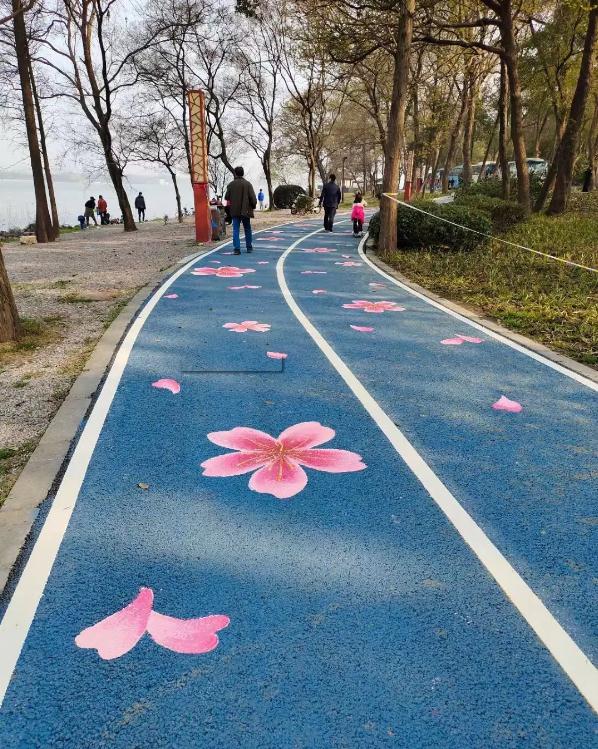

1. Spring: To cause frost heave on the pavement structure and water marks on the surface of the pavement, it is necessary to dig drainage and seepage ditches at the road shoulder and subgrade slope to divert the rainwater accumulated in the pavement structure in winter to the outside of the structure. Dry soil can also be sprinkled on the colored asphalt pavement. On the one hand, the dry soil can absorb the moisture in the pavement structure, and on the other hand, it can slow down the speed of heat transmission along the pavement structure, so that the frozen water in the pavement structure can be slowly melted and reduced. Gradually infiltrate into the drainage ditch by itself to avoid the melted rupture of the pavement structure.

3. Autumn: It is necessary to do a good job in guiding and discharging the accumulated water in the side ditch along the highway, so as to prevent the accumulated water from becoming the replenishment water source for the frozen capillary water of the pavement structure in winter. In summer, road drainage should be done to avoid damage caused by the wet working state of the colored asphalt pavement structure.
4. Winter: Clean the vertical and horizontal cracks, heat the crack wall with liquefied gas to a viscous state, and then spray asphalt or asphalt mortar (spray emulsified asphalt in the low temperature and humid season), spray it into the crack, and then spread it evenly A layer of 2-5mm dry and clean stone chips or coarse sand is used for protection, and finally the ore material is rolled with a light roller. If it is a small crack, it should be widened with a disc milling cutter in advance, and then treated according to the above method, and a small amount of asphalt with low consistency should be painted along the crack.
Address : No. 1001 Longxiang Industrial Park, Weidu District,XuChang,HeNan, China
Tel : 4000-676-878
Code : 461000
Email : sales@sinoroader.com
Wechat : Sinosun
WhatsApp :+86 18224529750



